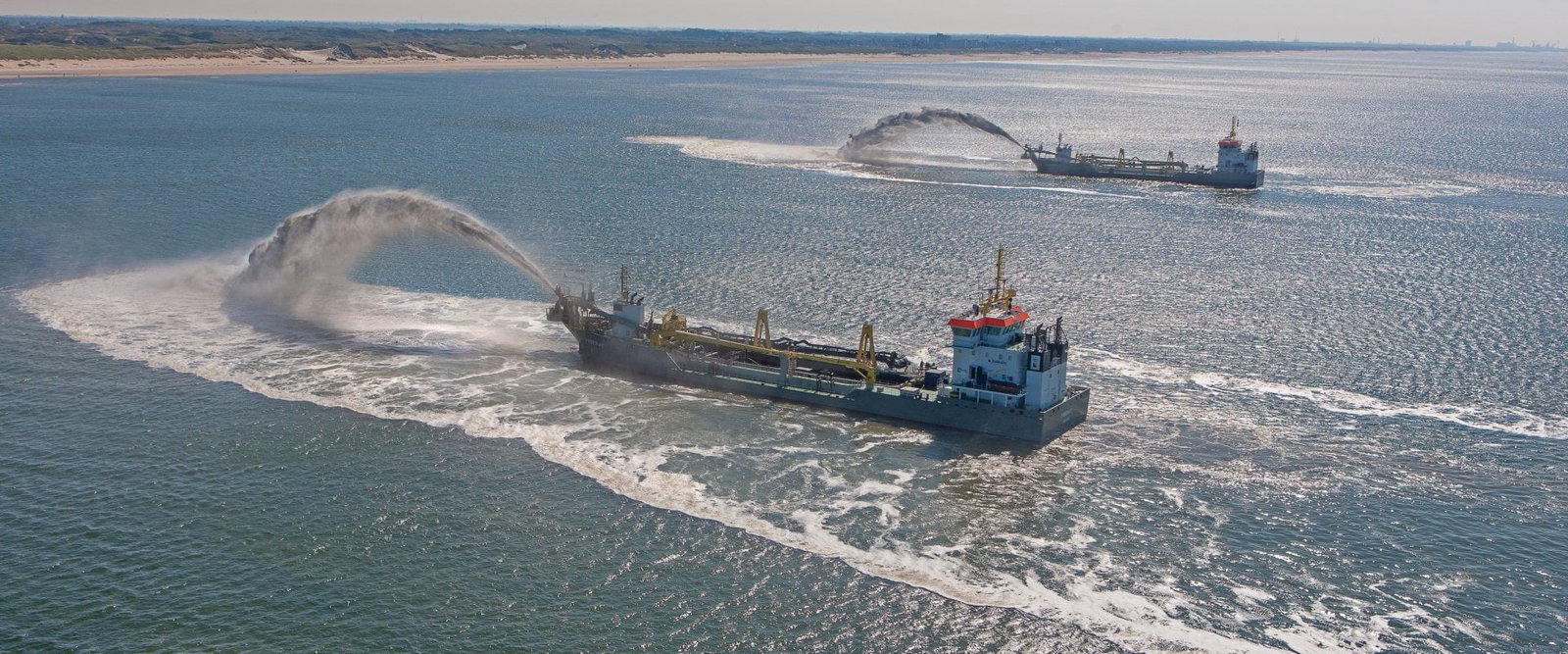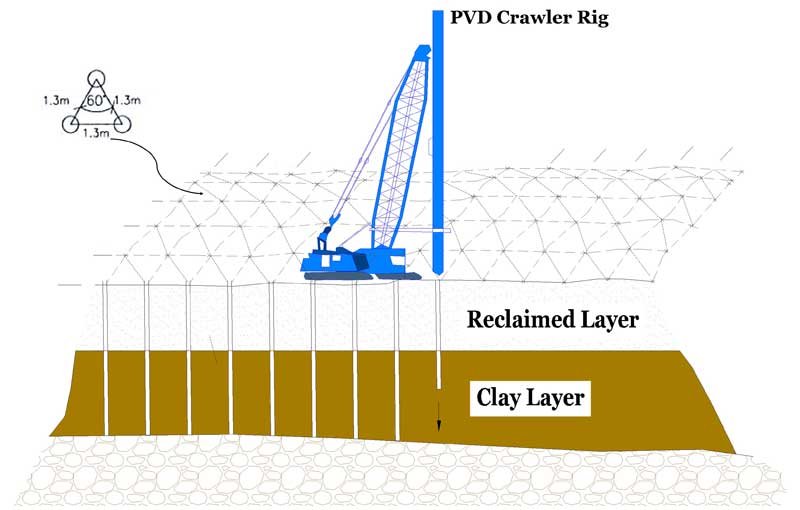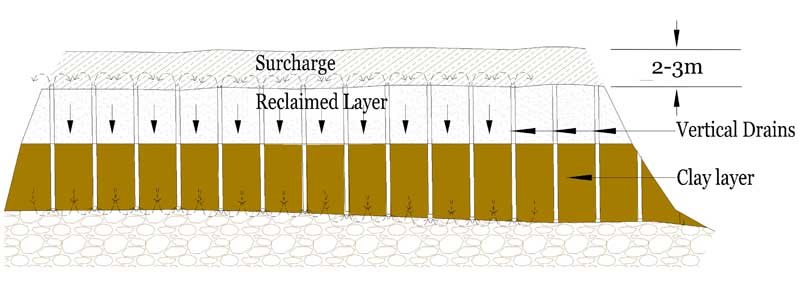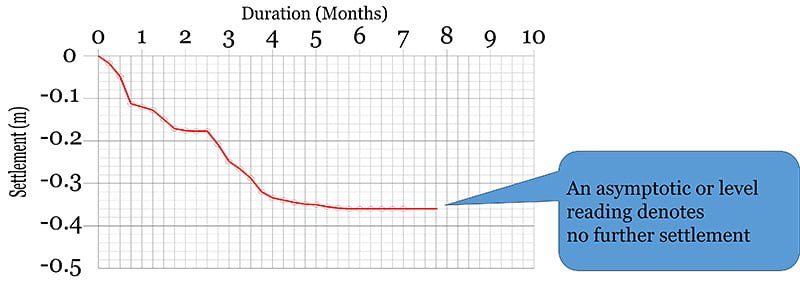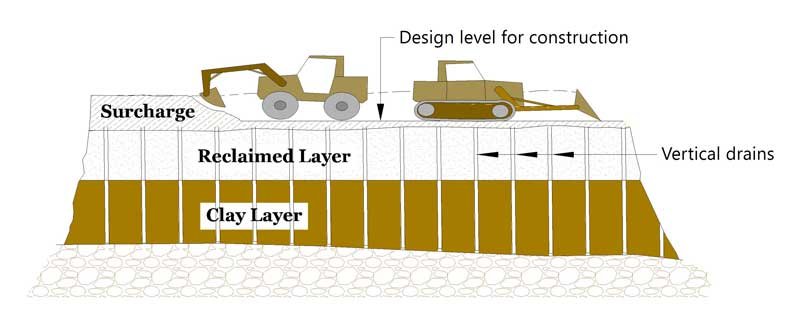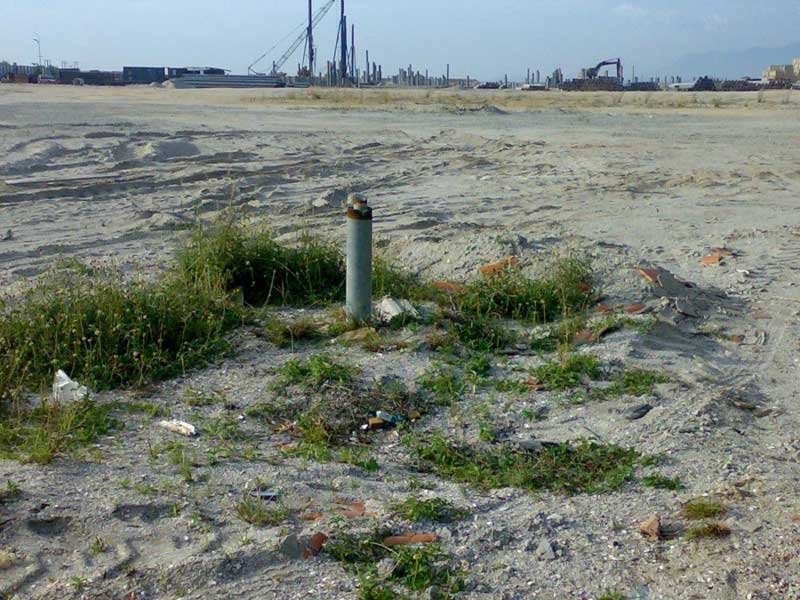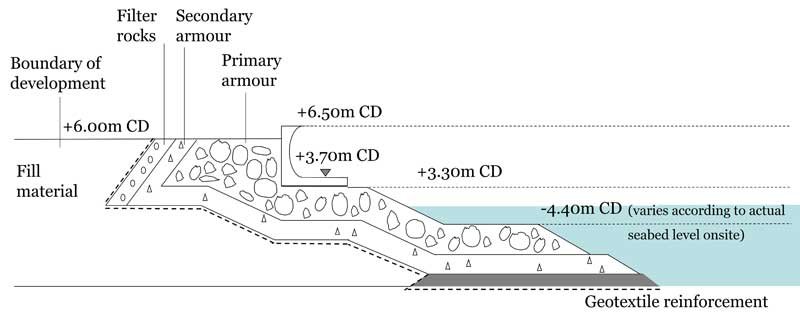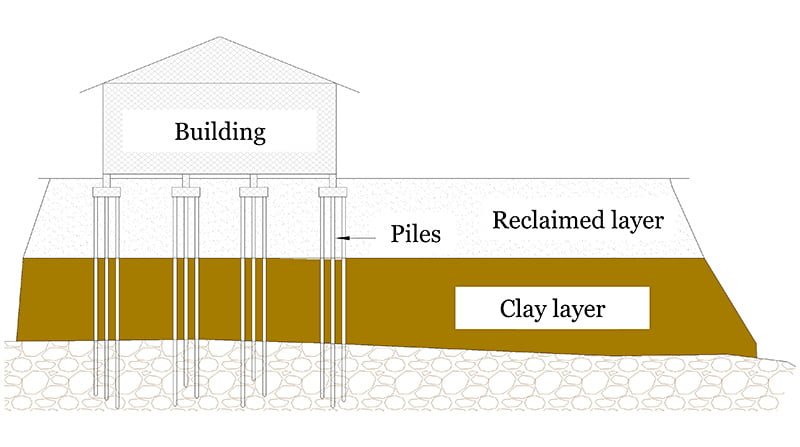
The sand filling and soil treatment method were used to create the first phase of Seri Tanjung Pinang (STP1). This method is also being adopted for the second phase of Seri Tanjung Pinang (STP2).
This is one of the safest and most extensively used reclamation technology in the world, which is also adopted for the reclamation of Singapore’s Tuas Biomedical Park 2, the Disney Theme park and Chek Lap Kok International Airport in Hong Kong, the Betuweroute Railway in The Netherlands and Palm Jumeirah in Dubai.
It is noteworthy that the STP2 reclaimed land will have a platform level that is raised to 5.5m-6.0m Chart Datum. At 6.0m Chart Datum it is 2.8m above the highest astronomical tide and more than 1.5m above the recorded wave height at Tanjung Tokong during the 26 December 2004 tsunami event.
In comparison, the partially completed STP1 revetment wall (3.7m of the final 4.7m height) has proven able to withstand the tsunami. The platform level of STP1 reclamation work had already reached the final level of 5.0m Chart Datum. The STP2 reclamation platform and revetment system is therefore a significant enhancement in terms of wave protection.
Furthermore, all newly-created STP2 shoreline fronting shallow waters (-3 to -4 m) will be protected by revetments, while all shoreline fronting deeper waters (-5 m) will be protected by stronger structures of sheet piles.


